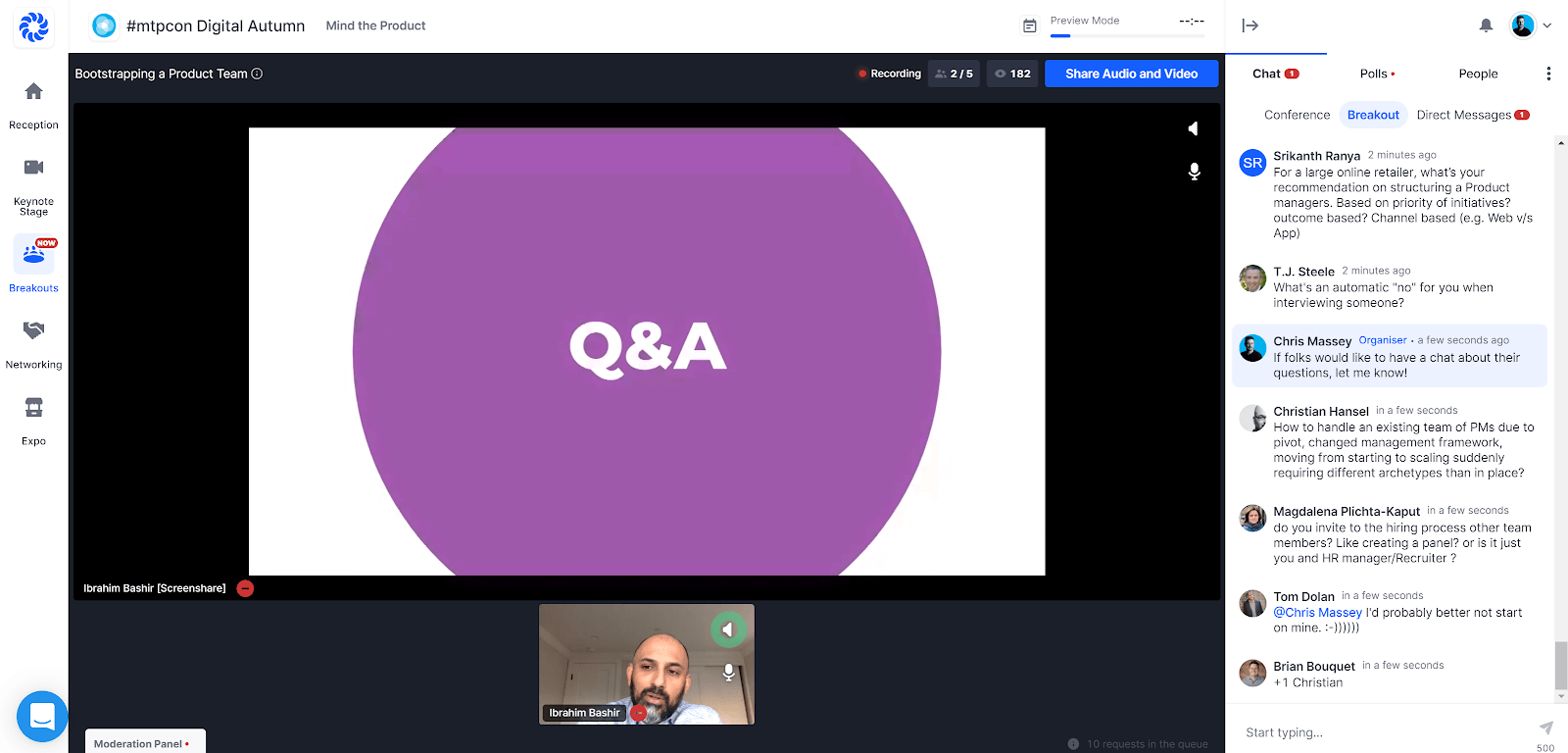In this November 2020 #mtpcon Digital session, Ibrahim Bashir, VP Product at Box, discusses different product management archetypes and when to bring each one into a team.
Watch the session in full, or read on for the highlights.
Archetypes
You end up defining how successful your product org will be at the point when you set it up, and you should set it up based on the intended outcomes. With that in mind, there are really 3 types of product managers:
- The person who starts the team. Someone with no anxiety about being the first. Great at assessing the market, experimenting with different ideas – a 0-to-1 kind of person.
- A scaling person. Somebody who, once an idea has achieved product/market fit and you need to rapidly capture more market, is an operator who can drive towards a North Star metric.
- Sustaining people. We have a legitimate business, with a predictable, repeatable cadence. This person can operate in a “mind meld” with the customer, and make sure everything continues to run as expected.
“Where is the product in its lifecycle, and what kind of product team does it need right now? Starting, Scaling or Sustaining?”
Establish a Pipeline
Once you’ve worked out what kind of team you need, how do you find these people? If you’re bootstrapping a product team, your organisation / product / team is probably new, which means you’re starting from some kind of a blank slate. Fundamentally, at this point in the journey you want someone with a wide breadth of experience.
We all start by going after someone with a “perfect resume” – i.e. someone who has peaked. It’s really hard to find those people and convince them to join a new thing. Aim to find people who are showing the signs of being ready to peak. If you can bring them onto your team, they’ll hopefully be achieving that peak while building your product. Ideally, look for “exponential” hires, who have a fantastic network to enable your second wave of hires, and look for hires who instinctively build bridges between functions and teams.
“You really want to find people who are on the cusp of doing something amazing, and then bring them over to your organisation, where they can do that amazing thing.”
Integration
Start by “pre-socialising” the idea of hiring a product person – planting the seed of the idea with various teams, building expectations of “swim lanes” and clear lines of communication. You will be hiring a product person as part of a team, so it’s really important to make sure the whole team is aligned on who you’re hiring and why. Critically, rather than cookie-cutter hiring people who are the same “shape” in terms of their skills, think about balancing and complementing teams.
“The best way to set up a new product manager for success is to make sure they complement the team that is already in place. When I am hiring, I will prioritise competencies based on the existing skills in the team.”







